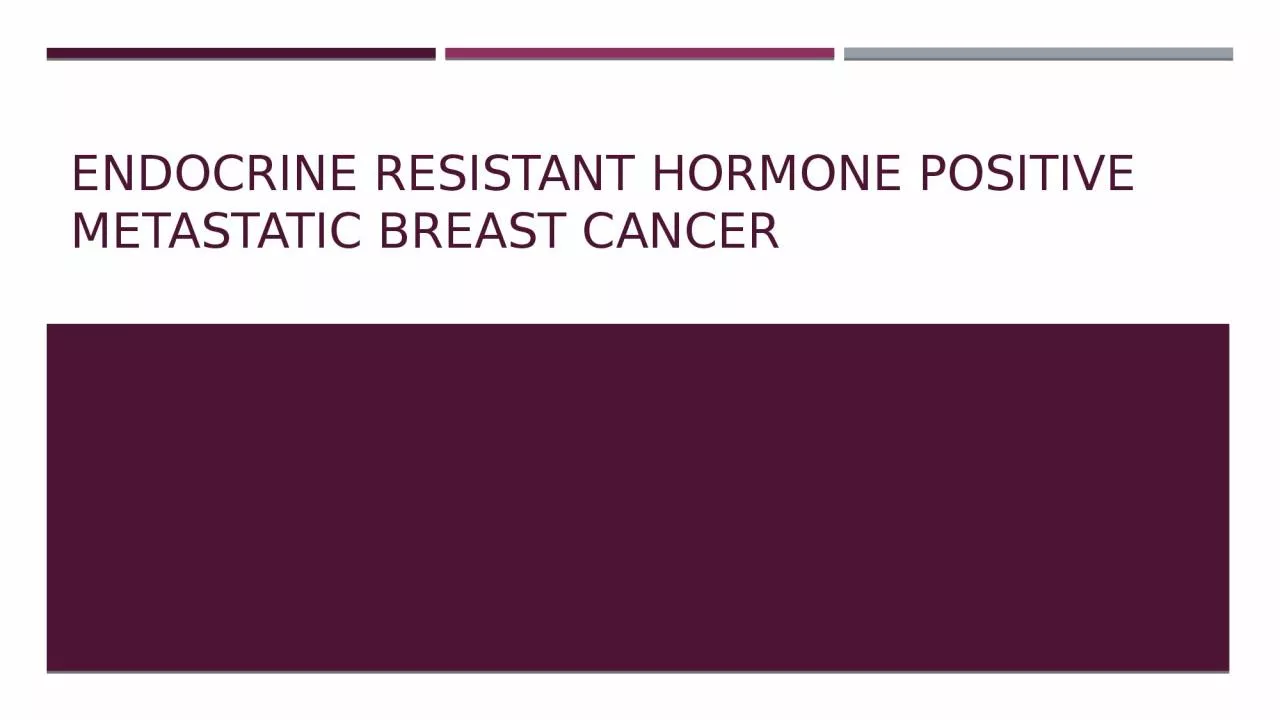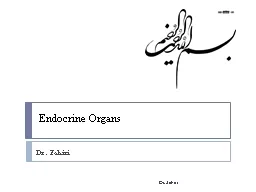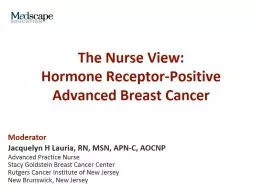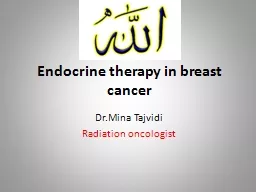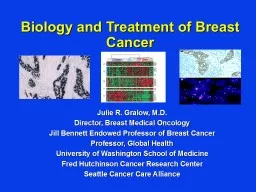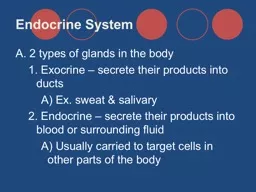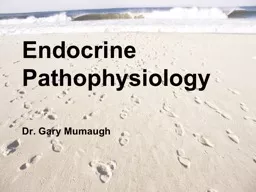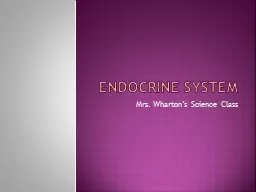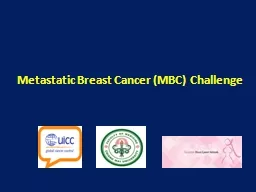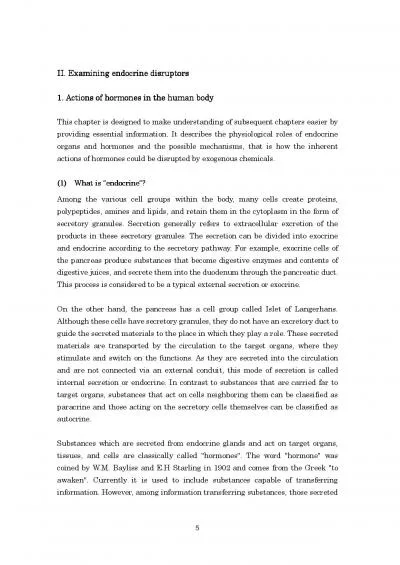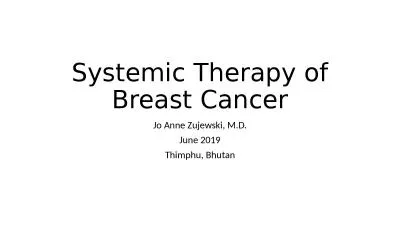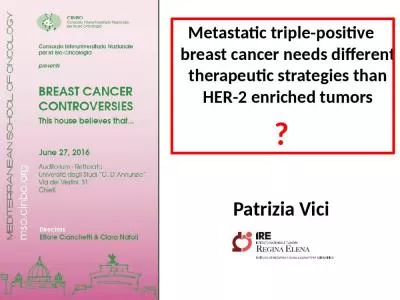PPT-Endocrine resistant hormone positive metastatic breast cancer
Author : udeline | Published Date : 2023-05-19
HOPC Mrs GV is a 78 year old women who presented to Cabrini ED with acute dyspnoea is the setting of recent malignant pleural effusion in the setting of Metastatic
Presentation Embed Code
Download Presentation
Download Presentation The PPT/PDF document "Endocrine resistant hormone positive met..." is the property of its rightful owner. Permission is granted to download and print the materials on this website for personal, non-commercial use only, and to display it on your personal computer provided you do not modify the materials and that you retain all copyright notices contained in the materials. By downloading content from our website, you accept the terms of this agreement.
Endocrine resistant hormone positive metastatic breast cancer: Transcript
Download Rules Of Document
"Endocrine resistant hormone positive metastatic breast cancer"The content belongs to its owner. You may download and print it for personal use, without modification, and keep all copyright notices. By downloading, you agree to these terms.
Related Documents

